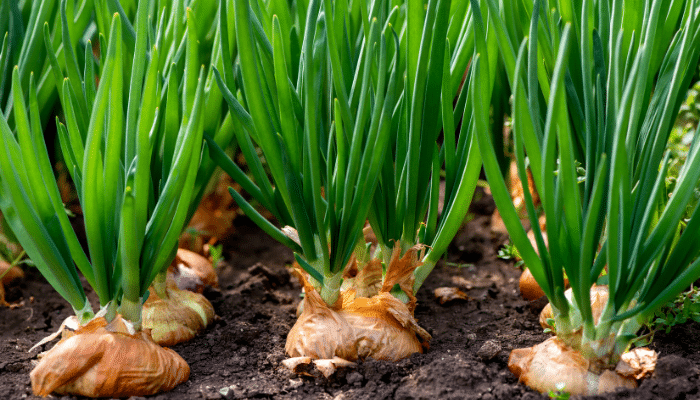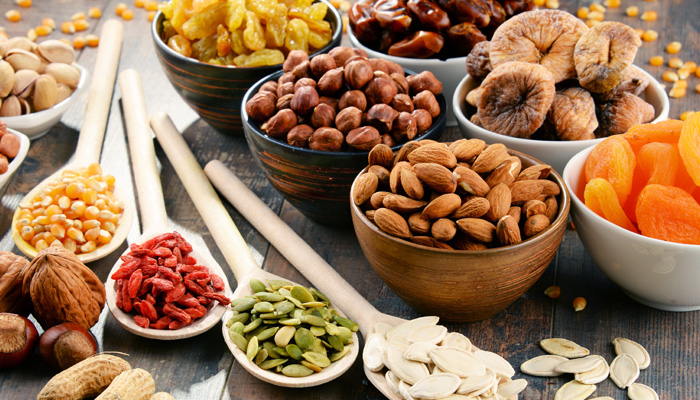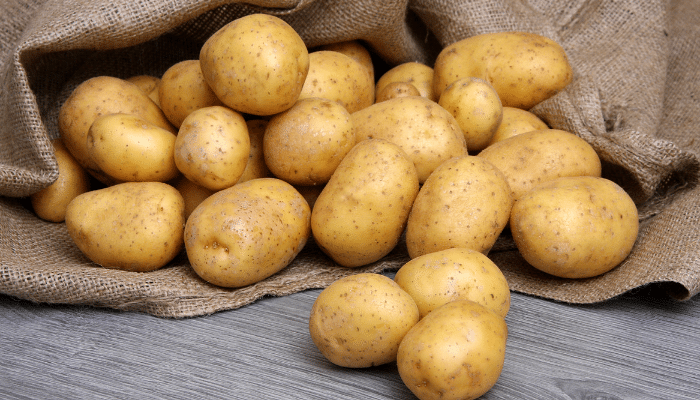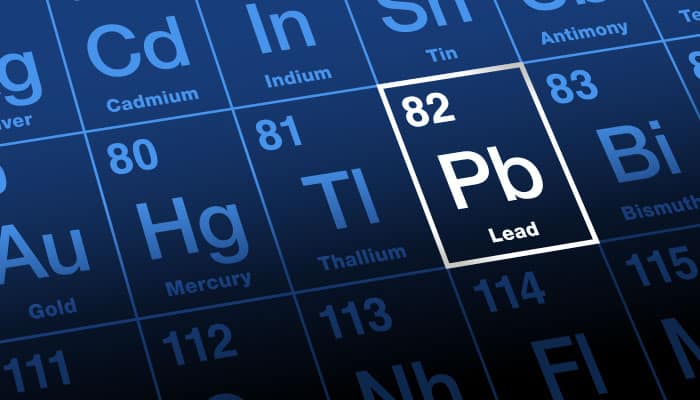
Article réservé aux abonnés

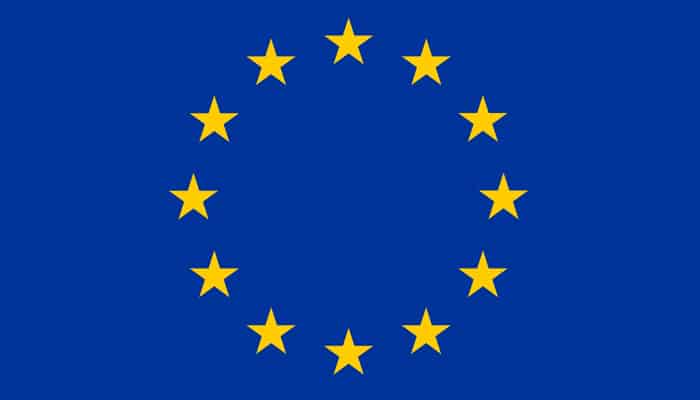
Metals are chemical elements naturally present in the environment (soil, water, atmosphere), but food contamination can also come from human activities (agriculture, industry, car exhaust fumes, contamination during food processing and storage). Their accumulation in the body can lead to harmful effects over time.
Human food
EU regulation 2023/915 sets maximum levels for lead, cadmium, arsenic, mercury and nickel in human foodstuffs. MRLs are also defined in EC regulation 396/2005 for copper and mercury.
LEAD
The regulated matrices are diverse. They include raw materials of plant origin such as fruit, vegetables, cereals, legumes and spices, as well as processed products such as wine, fruit juices and oils. Lead is also regulated in products of animal origin, such as meat, fish products, bivalve molluscs, raw milk and honey. Maximum levels are also set for finished food supplements, salt and products intended for infants and young children.
CADMIUM
Regulated matrices include fruit, vegetables, oilseeds, dried pulses, cereals, meat, fishery products and bivalve molluscs, chocolate products, salt, finished food supplements and products intended for BBF. Regulation 2023/1510, applicable since August 10, 2023, has introduced a limit for tiger nuts (souchet) and modified the maximum levels for certain cultivated mushrooms (other than oyster mushrooms, shiitake and button mushrooms).
MERCURE
Regulated matrices mainly include fish, with levels differentiated according to species, as well as finished food supplements and salt. MRLs for mercury are also defined in regulation 2018/73 amending EC regulation 396/2005 for matrices of plant and animal origin (excluding fish). Recommendation 2022/1342 recommends monitoring the presence of methylmercury and total mercury in fish, crustaceans and mollusks, taking into account the type of production (farmed or wild-caught).
INORGANIC ARSENIC
Inorganic arsenic


